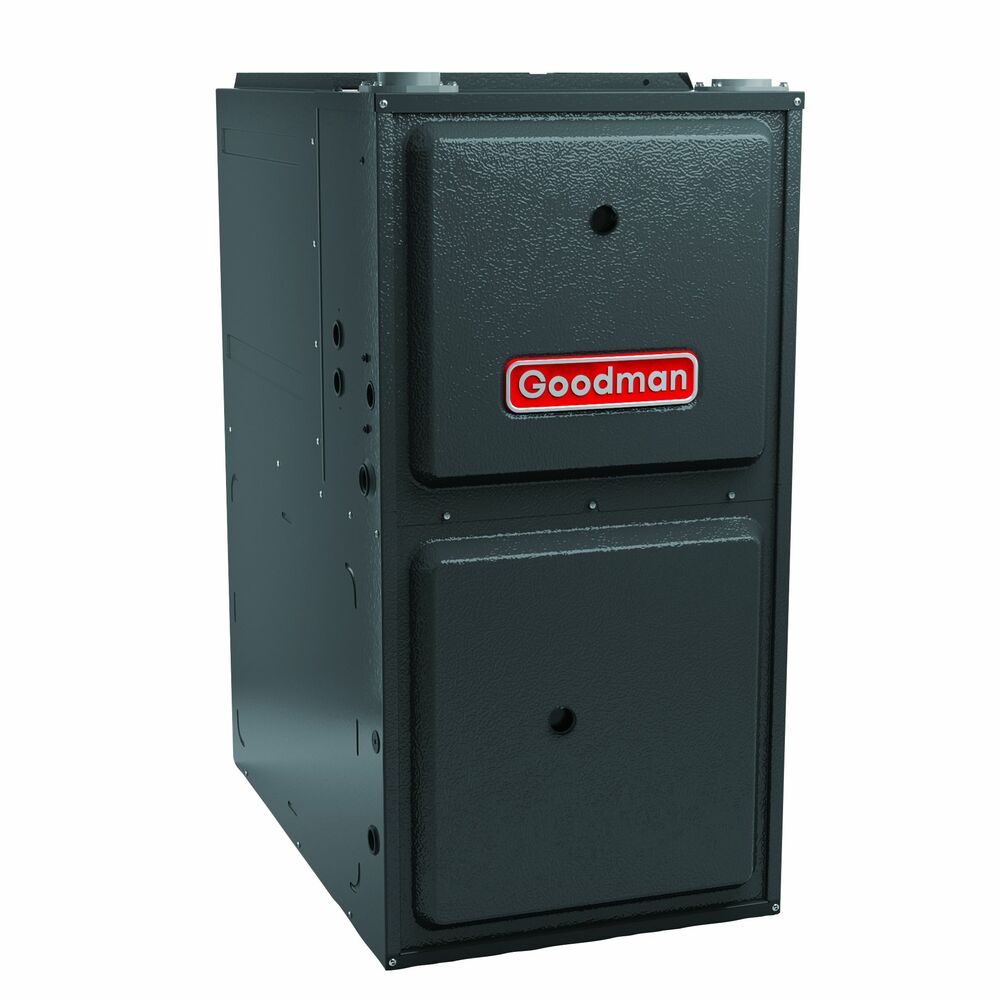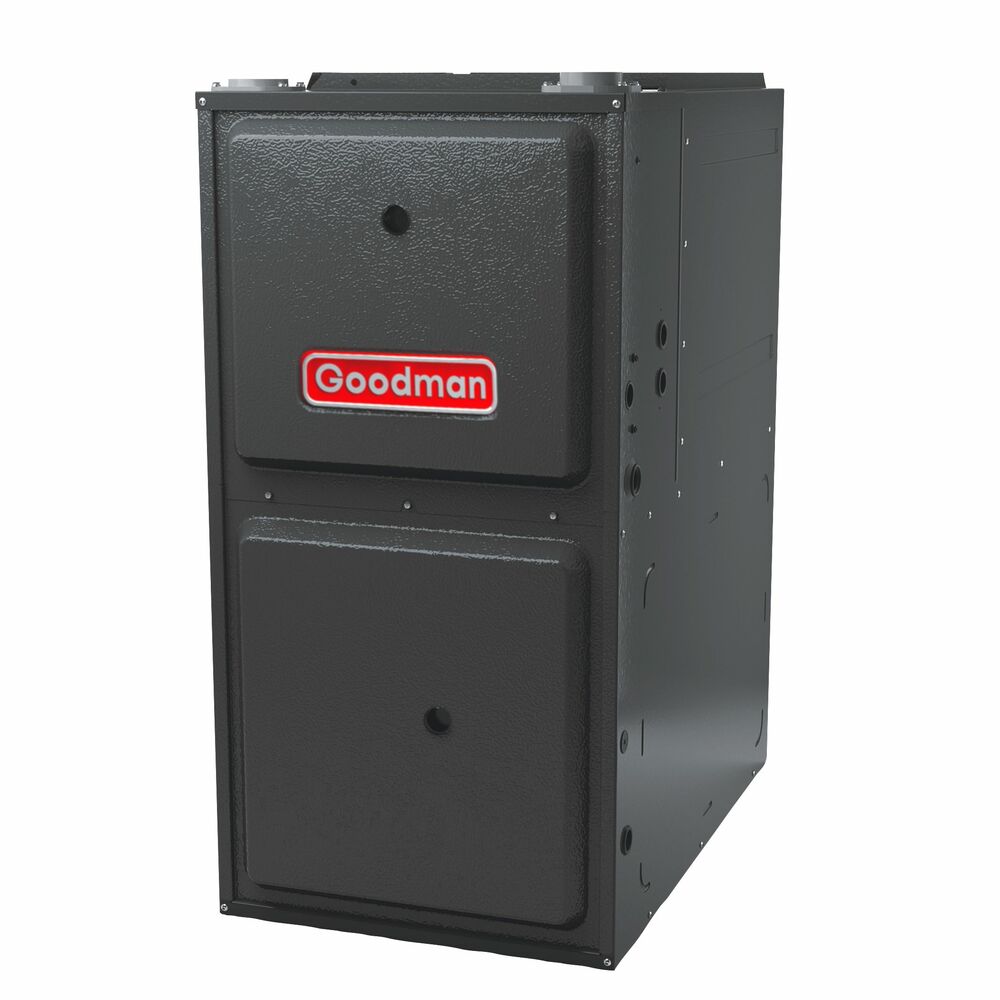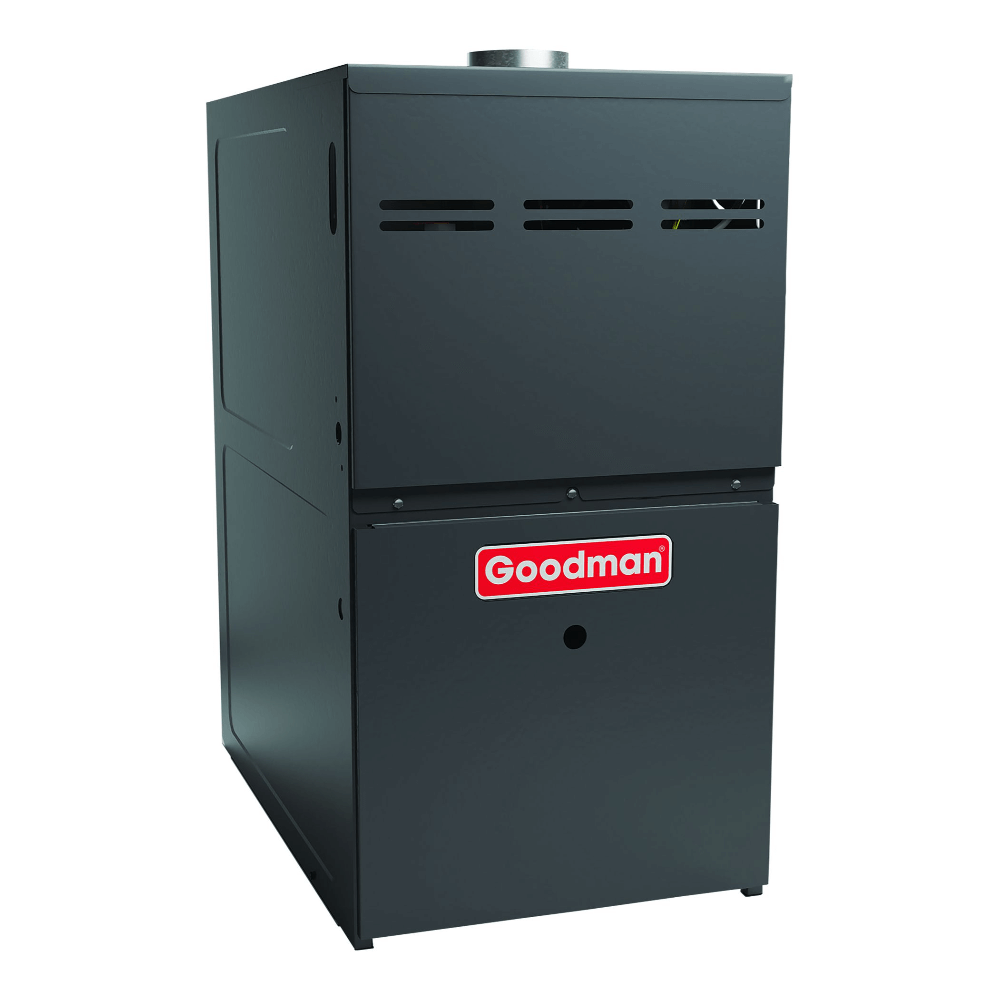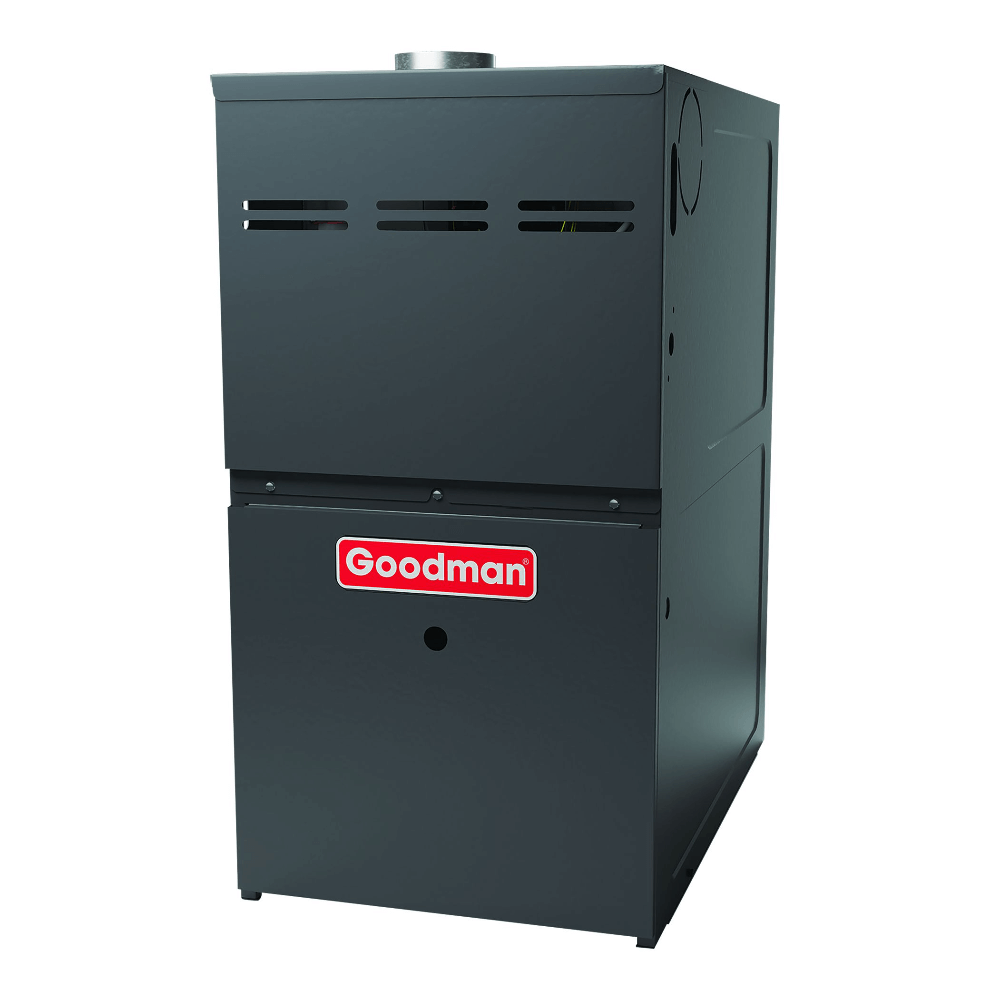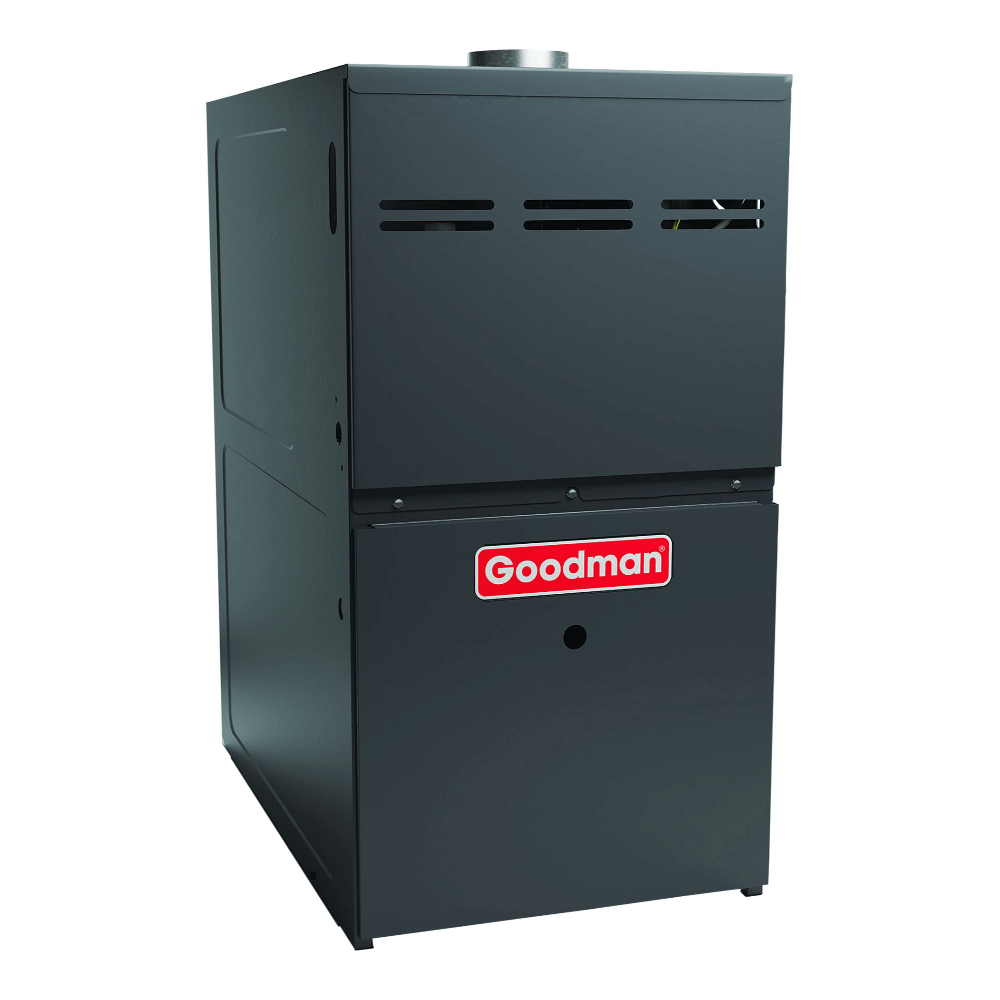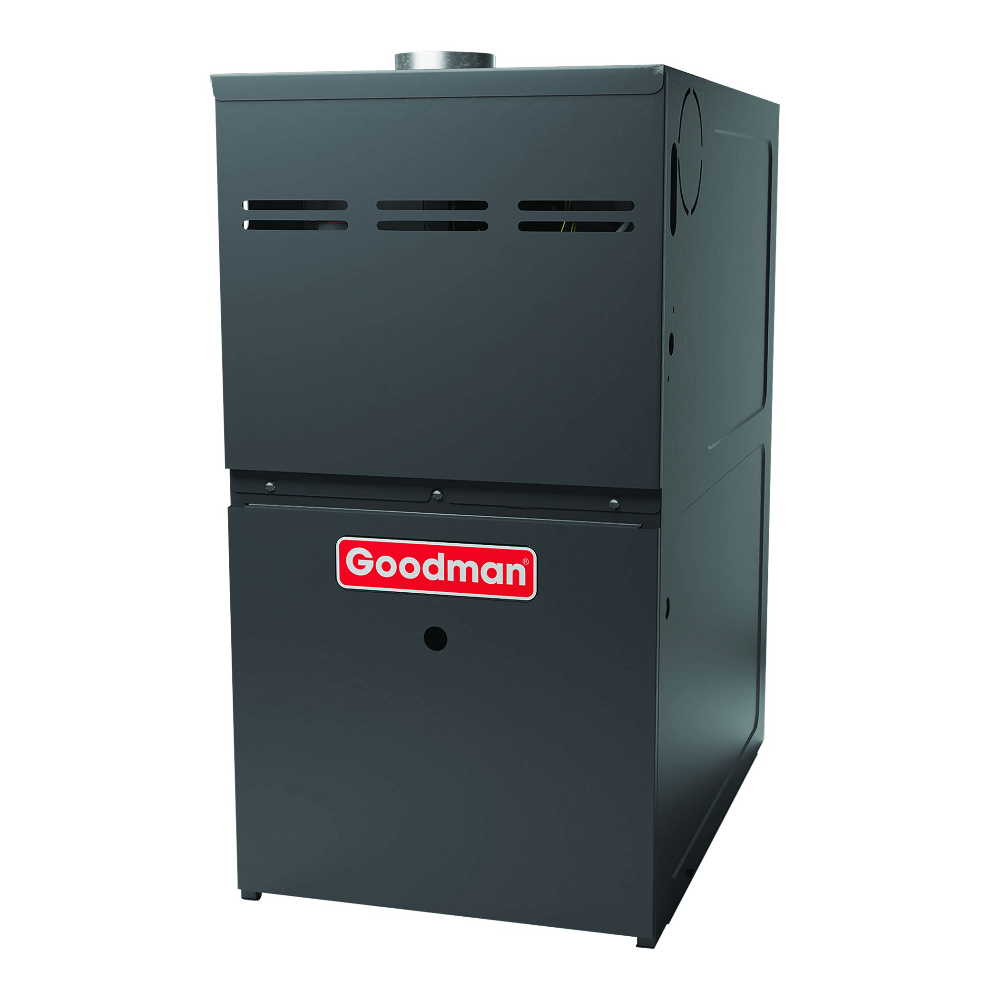What is an R-32 PTAC Unit? (Beginner’s Guide)
Introduction
Packaged Terminal Air Conditioners (PTAC) are essential for climate control in hotels, apartments, assisted living facilities, and commercial spaces. These units provide efficient heating and cooling while being easy to install and maintain. With increasing environmental concerns and regulatory changes, R-32 refrigerant is emerging as a superior alternative to R-410A. But what exactly is an R-32 PTAC unit, and why should you consider upgrading to one?
What is an R-32 PTAC Unit?
An R-32 PTAC unit is a self-contained heating and air conditioning system that utilizes R-32 refrigerant instead of R-410A. Unlike central HVAC systems, PTAC units are installed through an exterior wall, making them ideal for individual room temperature control in spaces where ductwork is impractical.
Key Features of R-32 PTAC Units:
-
Uses R-32 refrigerant, which is more energy-efficient and environmentally friendly (Energy Star Guide).
-
Compact, self-contained design ideal for hotels, apartments, and offices.
-
Individual temperature control, eliminating the need for centralized HVAC systems.
-
Energy-saving features, including programmable thermostats and variable-speed fans (Department of Energy Report).
-
Lower environmental impact, helping properties comply with new climate regulations.
Benefits of R-32 PTAC Units
1. Superior Energy Efficiency
R-32 refrigerant has a higher cooling capacity per gram compared to R-410A, allowing PTAC units to operate more efficiently. This translates to lower energy consumption, reducing monthly utility bills (ASHRAE Efficiency Standards).
2. Lower Global Warming Potential (GWP)
R-32 has a GWP of 675, significantly lower than R-410A's 2,088 GWP. By switching to an R-32 PTAC unit, you contribute to reducing carbon emissions and complying with new environmental regulations (EPA Regulations on Refrigerants).
3. Cost Savings on Electricity
Due to its enhanced thermal efficiency, R-32 units require less power to maintain comfortable indoor temperatures. Over time, this results in lower electricity bills, making them a cost-effective choice for property owners and hotel managers.
4. Extended Lifespan and Lower Maintenance Costs
R-32 PTAC units experience less refrigerant degradation, reducing the need for frequent servicing and repairs. This leads to lower long-term maintenance costs and increased reliability.
5. Better Indoor Air Quality
Many R-32 PTAC models come equipped with advanced filtration systems that help reduce allergens, dust, and mold, contributing to improved indoor air quality.


